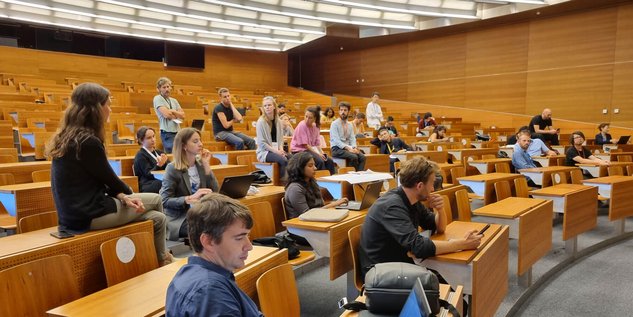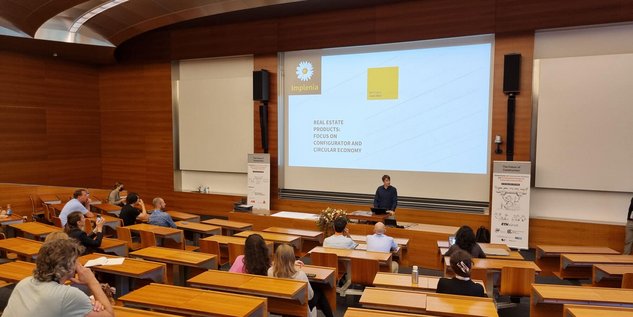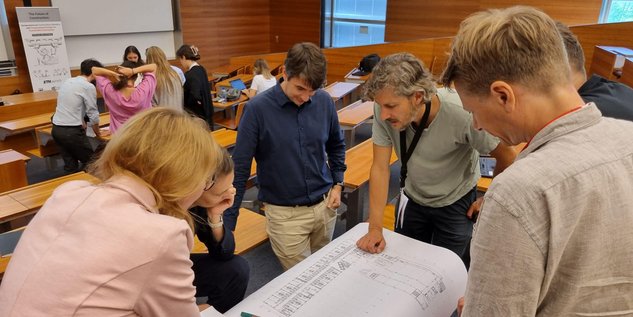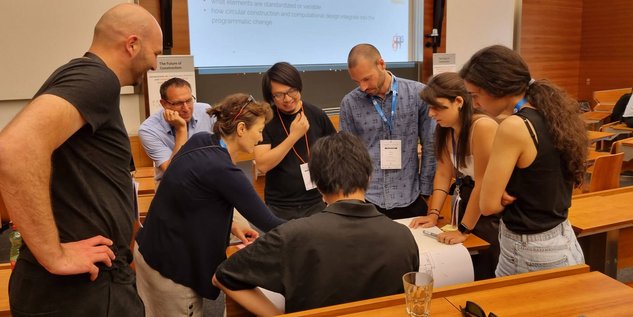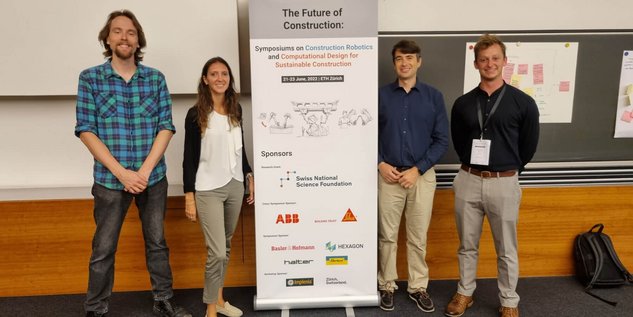"The Future of Construction": Computational Design as the Basis for New Real Estate Offerings

The Real Estate Products team has been working intensively over the last few months on a prototype for the digital building configurator, which makes it possible to optimise the design of a real estate product for a specific property, taking into account a variety of criteria such as light conditions, noise emissions, views and topography. From this, an advanced BIM model can be generated at a very early planning stage. A particular focus in the ongoing further development of the configurator is on planning real estate products in a way that enables them to be recycled and to maximise value creation along their entire life cycle. To this end, Implenia is in close exchange with ETH Zurich and Professor Catherine De Wolf's chair, which focuses on research into the circular economy for the construction world.
As part of this partnership, Implenia sponsored the Computational Design for Sustainable Construction workshop at the Symposium on Construction Robotics and Computational Design for Sustainable Construction, which brought together academics from European and international institutions such as MIT, ETH, the University of Bonn and TU Eindhoven, as well as innovative entrepreneurs from the construction industry at ETH Zurich from 21 to 23 June. "We see research as a key driver for our innovation process as well as for product development," says Severin Boser, Head Real Estate Products, explaining the commitment.
Implenia's case study dealt with the challenge of transferring product components originally developed for a hotel product to a residential product. More than 30 people from academia and industry took part in the workshop and worked out solutions to ensure conversions and modifications throughout the building life cycle and to future-proof a real estate product by means of adaptability. Professor Catherine de Wolf was enthusiastic about the dedicated collaboration: "It is a pleasure to see industry and academia working together on the future of the circular economy in construction. Computational design is an important tool to design circular construction and real estate products."
The workshop participants also found the group work inspiring - and, not least, provided Implenia's product designers with important pointers as to what data is needed to ensure the circularity and multiple use of individual architectural components. These include the expected service life, load-bearing capacity, construction costs and the proportion of grey energy. These findings will be incorporated into the development of a "Circular Economy" module for the product configurator.
Implenia Real Estate Products

